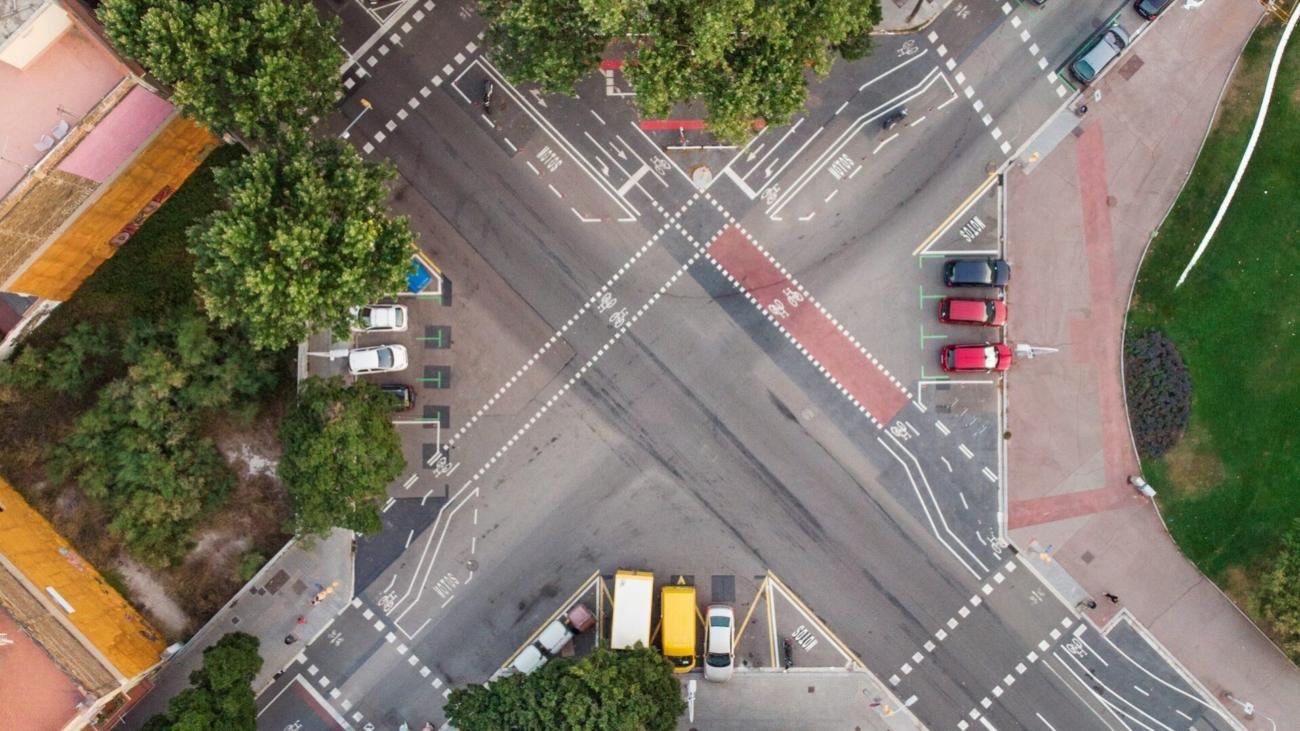As cities around the world grapple with rapid urbanization, sustainability challenges, and the need for inclusive growth, crowdsourced urban planning has emerged as a powerful tool to engage citizens in shaping their urban environments. This approach leverages interactive maps and digital platforms to allow residents to suggest and vote on urban planning projects such as park locations, bike lanes, and public transport routes. By incorporating the voices of the community, cities can create more responsive, equitable, and innovative urban spaces.
The Concept of Crowdsourced Urban Planning
Crowdsourced urban planning involves using digital platforms to gather input from residents about various urban development projects. These platforms often feature interactive maps where users can pinpoint specific locations and propose ideas for improvements. Other community members can then vote, comment, and provide feedback on these proposals, creating a dynamic and democratic planning process.
This approach democratizes urban planning, making it accessible to a broader audience. It encourages active participation from residents, ensuring that the planning process reflects the needs and desires of the community. By harnessing the collective intelligence of its citizens, a city can develop more effective and accepted urban solutions.
Benefits of Crowdsourced Urban Planning
- Enhanced Community Engagement: Crowdsourced urban planning empowers citizens to take an active role in shaping their environment. This engagement fosters a sense of ownership and responsibility towards the city, leading to stronger community bonds and increased civic participation.
- Diverse Perspectives: Traditional urban planning processes can sometimes overlook the needs of certain demographics. Crowdsourced platforms ensure that a wide range of voices, including those of marginalized communities, are heard. This diversity of input can lead to more inclusive and equitable urban solutions.
- Innovative Solutions: By tapping into the creativity and local knowledge of residents, cities can discover innovative solutions that may not have been considered by traditional planning methods. Crowdsourced ideas can bring fresh perspectives and new approaches to urban challenges.
- Increased Transparency: Interactive planning platforms promote transparency by making the decision-making process visible to all. Residents can see which projects are being proposed, the rationale behind them, and how decisions are made. This transparency builds trust between the community and city officials.
- Efficient Resource Allocation: Crowdsourcing can help cities identify the most pressing needs and prioritize projects accordingly. By focusing on areas with strong community support, cities can allocate resources more effectively and ensure that investments are targeted where they will have the greatest impact.
Implementing Crowdsourced Urban Planning
To successfully implement crowdsourced urban planning, cities need to develop user-friendly digital platforms that facilitate easy participation. Here are some key components:
- Interactive Maps: These maps should allow users to zoom in on specific areas of the city, add markers, and attach detailed descriptions or multimedia to their proposals.
- Voting and Commenting Systems: Users should be able to vote on proposals, comment, and provide feedback. This functionality encourages dialogue and helps refine ideas based on community input.
- Data Integration: Platforms should integrate various data sources, such as demographic information, traffic patterns, and environmental data, to provide context and support data-driven decision-making.
- Accessibility: To ensure broad participation, platforms must be accessible to all residents, including those with disabilities and those who may not have regular internet access. Mobile-friendly designs and community outreach programs can help bridge the digital divide.
- Regular Updates: Keeping the community informed about the status of proposals and ongoing projects is crucial. Regular updates and clear communication help maintain engagement and trust.
Case Studies
Several cities have successfully implemented crowdsourced urban planning initiatives:
- Helsinki, Finland: Helsinki’s “Helsinki Map Service” allows residents to propose and vote on urban projects. The platform has been instrumental in gathering community input for the city’s comprehensive plan.
- New York City, USA: NYC’s “Participate NYC” platform invites residents to share ideas and feedback on various urban projects. The platform has been used to plan parks, bike lanes, and pedestrian zones.
- Melbourne, Australia: Melbourne’s “Participate Melbourne” initiative uses interactive maps and surveys to engage residents in the planning process. The platform has helped shape key urban development projects and public spaces.
Challenges and Considerations
While crowdsourced urban planning offers numerous benefits, it also presents challenges:
- Digital Divide: Ensuring equitable access to digital platforms is essential. Cities must address the digital divide to prevent exclusion of certain populations.
- Quality Control: Managing the quality and feasibility of proposals can be challenging. Cities need mechanisms to evaluate and filter ideas to ensure they are viable and align with broader planning goals.
- Managing Expectations: Setting realistic expectations about what can be achieved through crowdsourcing is crucial. Not all proposals can be implemented, and clear communication is needed to manage community expectations.
Conclusion
Crowdsourced urban planning represents a transformative approach to city development, leveraging the collective wisdom of residents to create more responsive, inclusive, and innovative urban spaces. By incorporating interactive maps and digital platforms, cities can foster community engagement, transparency, and efficient resource allocation. As cities continue to evolve, embracing the principles of crowdsourced urban planning can help build urban environments that truly reflect the needs and aspirations of their residents.

